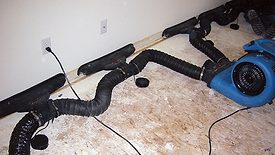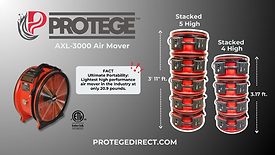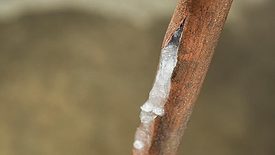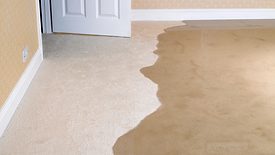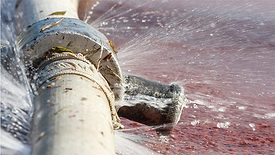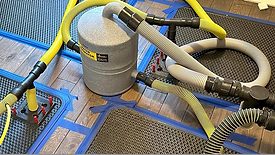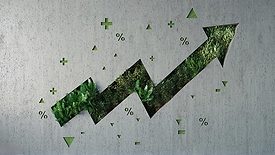Home » Keywords: » structural drying
Items Tagged with 'structural drying'
ARTICLES
Weekly Hands-on How-To powered by KnowHow
Crawlspace Drying Done Right: A Step-by-step Guide for Restoration Professionals
Read More
Dry or Demolish? Navigating the Complexities of Wall Cavity Restoration
When dealing with water damage, every choice matters. Dry in place or tear down?
Read More
Introducing the Protégé AXL-3000: Revolutionizing Air Movers with Unmatched Performance and Value
Protégé Solutions’ groundbreaking air mover delivers unmatched drying performance, efficiency and affordability.
April 3, 2025
How to Protect Your Property from Frozen Pipes This Winter
The Ultimate Guide to Preventing Frozen Pipes and Protecting Your Customer’s Property
Read More
Understanding Water Dynamics in Frozen Pipe Damage
Explore the science behind water expansion and how to mitigate frozen pipe damage
Read More
To Dry or Not to Dry? - The Applied Structural Drying Paradigm
Understanding Ever-Evolving Customer Expectations and Drying Practices
Read More
Sustainability in Property Claims
The Restoration Industry’s Shift Towards a Greener Future
Read More
Weekly Hands-on How-To powered by KnowHow
How to Dry a Home Damaged by Frozen Pipes: A Step-by-Step Guide for Restorers
Read MoreStay ahead of the curve with our eNewsletters.
Get the latest industry updates tailored your way.
JOIN TODAY!Copyright ©2025. All Rights Reserved BNP Media.
Design, CMS, Hosting & Web Development :: ePublishing

